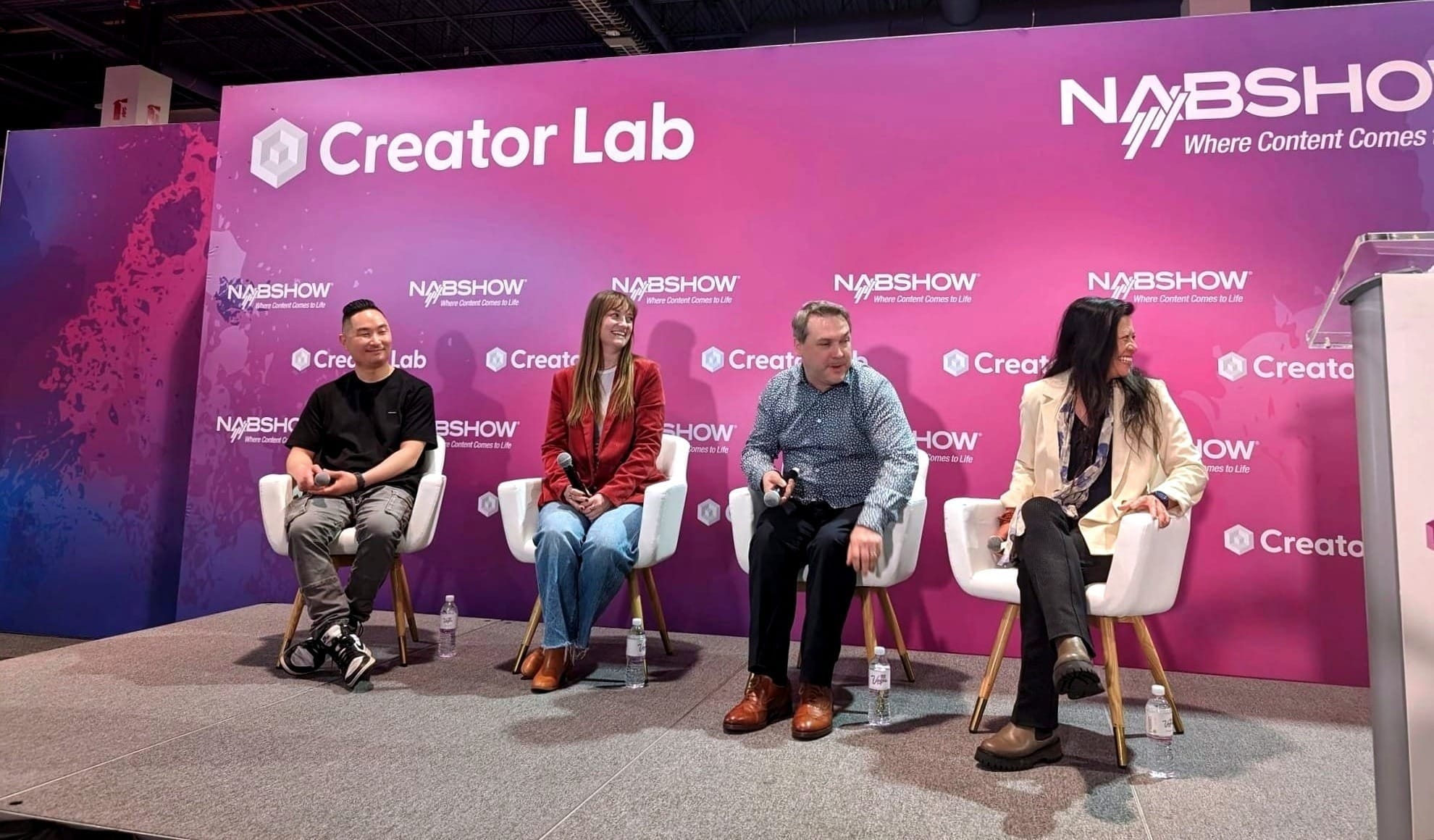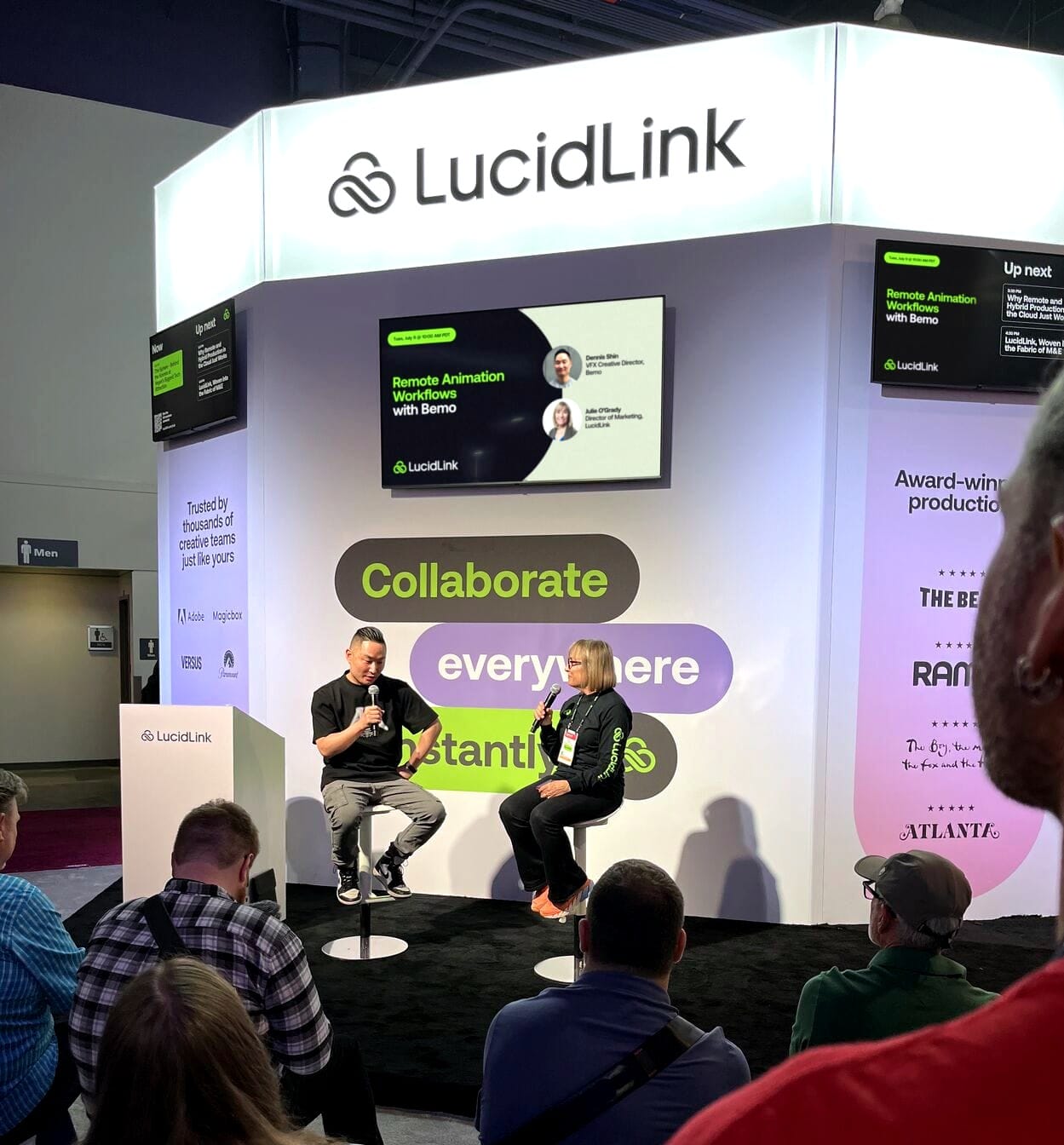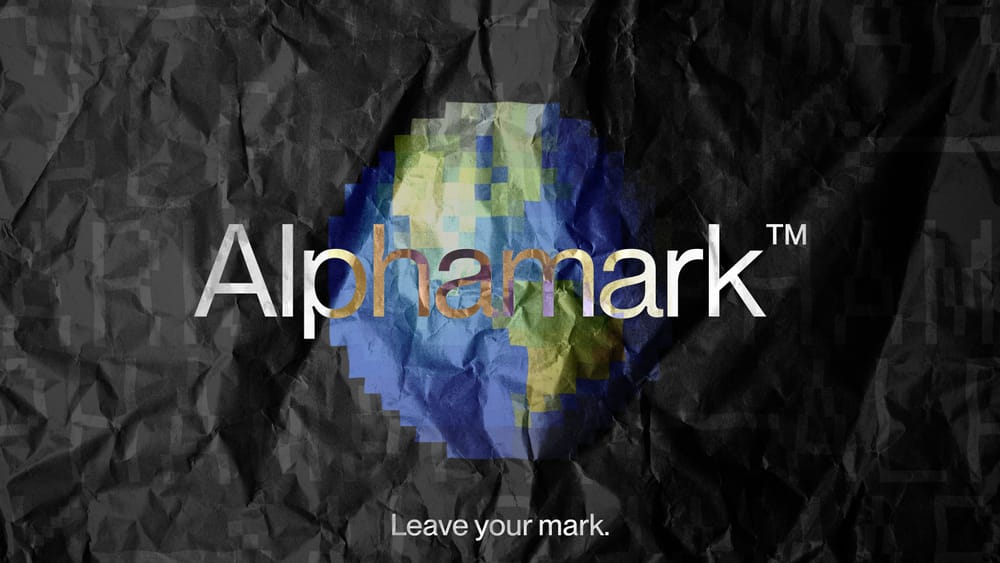I was given the wonderful opportunity to speak on two panels at this year's NAB Conference in Las Vegas. Gracing the stage was Jen Bryson (Assistant Editor, Mr & Mrs Smith, Atlanta), Ben Holmes (Producer, Red Bull Racing), Jackee Chang (Filmmaker) and Vashi Nedomansky (Editorial, Gone Girl, Deadpool). Clearly there was some mistake, and I was seated with someone else's fancy reservation. Nonetheless, it was a packed session with great industry insight and workflow tips from my fellow panelists.
We were invited by the almighty Julie O'Grady of LucidLink to share remote workflow methodologies in our respective corners of industry. It was actually a great spread across different disciplines which included post-production for film, episodic, events and commercial advertising. I was there representing design and animation studio, Bemo, and our fully remote, cloud studio. I've been preaching remote workflows using off-the-shelf solutions for years, so it was great to share pipeline tidbits using LucidLink and IBM Cloud as our backend. Similarly, Jen, Ben, Jackee and Vashi shared their wisdom and experience incorporating a cloud server to augment [in my case to completely replace] on-prem storage.

To be clear, the case is not necessarily on-prem vs cloud, but rather, which cloud products provide the greatest efficiency given your remote workflow. Perhaps you don't have a remote team or workflow to even solve for. Or maybe your studio is hybrid, or there is a live production/acquisition component tethered to on-prem resources. There are various studio configurations designed to meet specific needs. This also leads to the obvious accounting of opex vs capex. For large studios, there's an existing investment and hardware life cycle to consider, especially if your production necessitates personnel to be on-site. The difficulty is that most studios are some unique combination of all things above.
Why Cloud Computing?
In my corner of the industry, commercial work and studios have largely decentralized and are likely not going back. It's difficult to get senior level talent to take an on-site booking given so much work is now remote (even international) and more conducive to work-life balance. Not to mention the mass exodus that happened from California to more affordable, peaceful parts of the country (and world). Do studios expect artists to simply move back to be in-office twice a week to eat lunch in a conference room? And what about the unkept workstations on-site that lag compared to beefed up machines at home? And so, for smaller to medium-sized studios, especially in design and animation, this is where the cloud conversation becomes more relevant.
Do studios expect artists to simply move back to be in-office twice a week to eat lunch in a conference room?
What [some] small studio owners do not consider, is that flooded Slack channels, hours spent syncing, ununified folder structures and resultant anxiety are actually the most taxing operational costs to the company. It's no secret that often times the decision-makers are simply disconnected from the process and personnel. To be quite frank, they some are logged-off at a proper dinner [or asleep], while production artists are stuck trying to unravel these obvious/ongoing/ignored workflow stressors. Just because your jobs still delivered back in 2020, does not mean you should stay on your 2020 solutions (ie., Google Drive, Dropbox, OneDrive). There are multiple aspects to this discussion including, not just cost, but freelancer resources, vendor relations, infrastructure maintenance, pipeline, and what I would consider the most important line-item: the creative.
...flooded Slack channels, hours spent syncing, ununified folder structures and resultant anxiety are actually the most taxing operational costs to the company.
Poor Workflows Are Expensive
Proper workflow methodologies allow for maximum output success [however you define success in your organization]. You want to iterate and output more product ads for social? You want to keep chasing 60% margins on big pharma campaigns? You want to continue work on fancy main on ends? And most of your senior team is freelance-remote!? Then you need a proper remote workflow that incorporates 2024 production tools and technologies—not 2019 shared document apps. If the decision-makers would consider that efficiency saves money, the cloud conversation might be more palatable.

Stop Disrupting Creative Flow
For me it's simple: efficient workflows allow for premium creative—inefficient workflows limit creative. Cloud services help remote teams shape efficient workflows. This, in addition to actually caring about the sanity and well-being of my team, is why I preach proper workflow methodologies. Reviewing and marking dailies in Slack, while artists are consolidating, uploading, downloading and re-uploading assets, so a human can transfer a physical drive to a server room...is just mind-numbing [that was my job]. It literally gives me anxiety thinking about how we used to work during the pandemic (and how some groups continue to work today).
Reviewing and marking dailies in Slack, while artists are consolidating, uploading, downloading and re-uploading assets, so a human can transfer a physical drive to a server room...is just mind-numbing.
This is obviously not the case for everyone. Many well-respected studios in our space have best practices engrained in company culture with slick pipelines and support structures in place. And again, some production companies require the latest and greatest on-prem compute, networking and storage for high density workloads such as color and finishing, or live broadcast events. There is certainly no one-cloud-fits-all solution. Different segments of industry with varying production tasks will need to implement a multifaceted workflow that supports their unique needs.
Be Brutally Honest
But if your team inhabits a similar space as ours, with the familiar stressors I've presented, you will likely benefit from implementing more modern, cloud services. Where to begin? Although your imposters will be on high-alert, you need to start with an internal workflow audit. This is a brutally honest, focused assessment that examines how a project moves from concept to completion at your studio. The key phrase here is: brutally honest. Only when you identify workflow inefficiencies, can you properly solve for them. But be warned: your decision-makers and leads will explain things away. Hence, the molasses-like change that keeps poor workflows in place.
Only when you identify workflow inefficiencies, can you properly solve for them. But be warned: your decision-makers and leads will explain things away.
For those that care about modern remote workflows and the health and well-being of your team, it may be time to reconsider how your kitchen is organized. Change is always met with tension and even the best ideas can die by committee. But then you're back to square 2020, uploading and downloading, searching for emailed notes, stacking G-Drives on your desk, living in Google Slides, while your GPU spins overnight turning your bedroom into a sauna. Sound familiar? Well, at least the uneaten Grubhub on your desk will stay warm...





